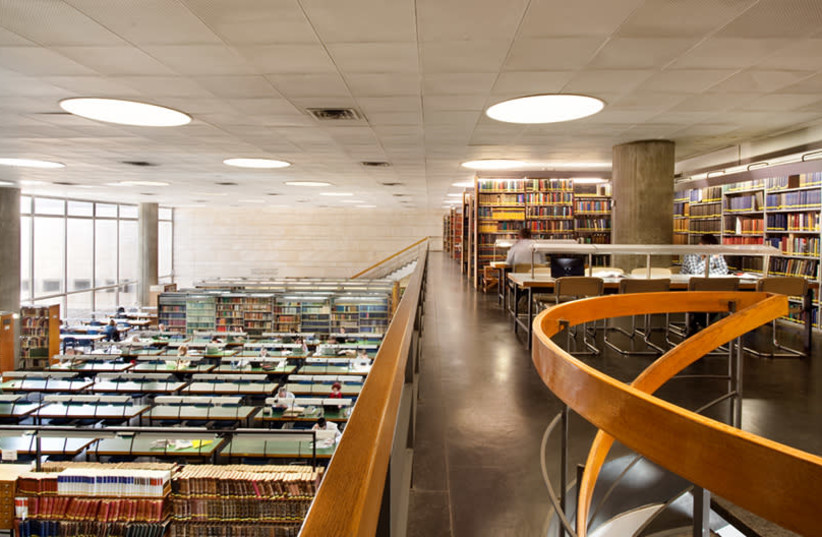The National Library of Israel in Jerusalem announced on Tuesday that it has obtained 90 singular pages from the earliest period of Hebrew printing.
The pages come from the only known copy of a late 15th century edition of Rabbi Yaakov ben Asher's "Arba'ah Turim", one of history's most important works of Jewish law. No complete copies of it have survived, and the pages acquired by NLI are not found in any other collection in the world, public or private. Prior to the acquisition, the library already held 59 pages from the book. "swaddling clothes" or "bands holding the baby in a cradle."
Works published prior to 1500 are known as "incunabula," (from the Latin for swaddling clothes, cradle; the earliest stage of something). During this period, less than 200 total Hebrew titles were printed, of which around 150 have survived until today. The NLI has copies of more than 80 of them.

"Incunabula like these provide rich and unique resources for the research of Jewish textual culture, and they have additional aesthetic and bibliographic value," according to Dr. Yoel Finkelman, curator of the library's Haim and Hanna Salomon Judaica Collection. "These pages in particular provide exceedingly rare, tangible evidence of one of the very first religious Jewish texts to be printed.
"Even though the complete edition has not survived, it is exciting that these pages – part of an exceedingly important Jewish text – have come down to us and will now be preserved and made accessible to scholars and the general public by the National Library of Israel in Jerusalem."
Arba'ah Turim, (four columns, also simply referred to as the Tur), was written by Rabbi Yaakov ben Asher (approx. 1269-1343 CE), a leading medieval rabbinical authority also known as "Rabbeinu Asher" and "Ba'al ha-Turim" (Master of the Columns).
The name of the work refers to the four sections into which it is divided, each of them covering different areas of Jewish Law: Orakh Khayim (Path of Life), Yoreh De'ah (Teach Knowledge), Even Ha'ezer (Rock of the Helpmate), and Khoshen Mishpat (Breastplate of Judgment). The pages just acquired by the NLI come from the first two of these sections.
The four-part division of the Tur, and the work more generally, have served as a foundation for countless commentaries and later attempts to codify Jewish law, including Rabbi Joseph Caro's 16th century Shulkhan Arukh (Set Table) which is widely considered to be the most important code of Jewish law to this day.
